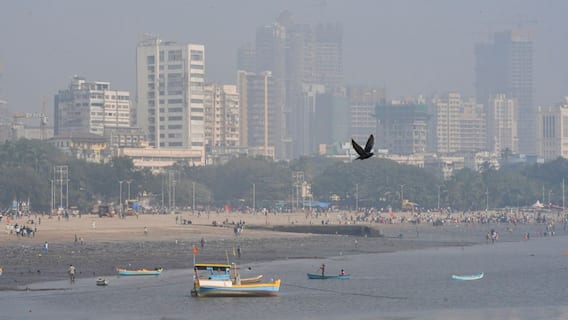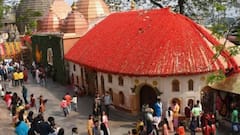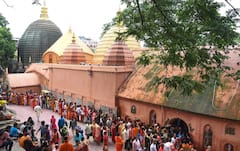The Lesser Known Century Old ‘Northbrook Gate’ In The Heart Of Assam’s Guwahati
The over a century old Northbrook Gate is the only monument of its kind in this part of Assam and the lone surviving brick architecture from the colonial time.

Guwahati: Assam’s capital Guwahati, known as the Gateway to the Northeast, which attracts thousands of tourists, both domestic and foreign, every year, has several tourist destinations, within the city and also on the outskirts.
The cab drivers, tourist guides, or the tourists themselves visit several places of interest, like the Kamakhya temple, Basistha temple, Balaji temple, Umananda temple and the peacock island, Srimanta Sankardeva Kalakshetra, Assam State Zoo Cum Botanical Garden, Assam State Museum, the World War II cemetery, and the Kargil War Memorial, besides others.
The Monument Surviving In Oblivion
Unfortunately, the ever-enthusiastic tourists remain deprived of witnessing one of the greatest monuments of the British era, the “Northbrook Gate”, located in the heart of the city.
The over-a-century old Northbrook Gate, located on the banks of the river Brahmaputra, in the busy Panbazar area of the city, is often overlooked by cab drivers and tourist guides, certainly due to their lack of knowledge of its existence.
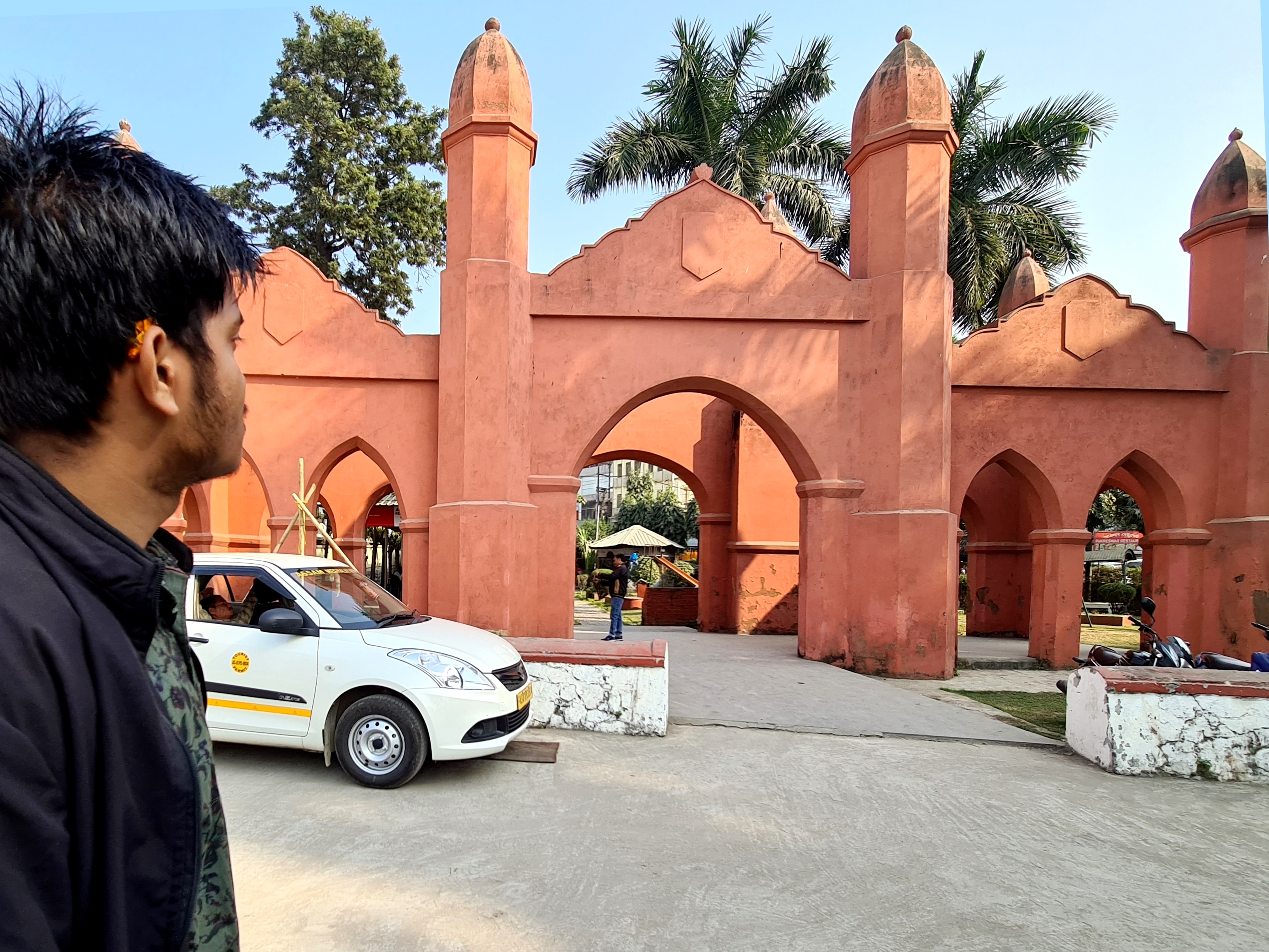
Even though a few tourists make their way to see the enormous structure, they remain restricted to only witnessing and admiring the beauty of the British era monument, as there is no one who could explain to them about it in detail.
Unfortunately enough, nobody has had the desire to inquire about the background of the 18th century monument, standing tall and upright, in the heart of the city, for several years.
When, why, and who built it? Nobody seems to be interested to know. For everyone, it is yet another monument.
Shravani Prasad, a regular visitor to the place told ABP Live, “I quite often visit this place to witness the sunset but I am not actually aware about the background of the giant and majestic structure. This place is very beautiful; I love to spend time here. It rejuvenates one's energy.”

Not only Shravani, this reporter asked many people about the background of the monument, but none could come up with a reply.
It is the only monument of its kind in this part of Assam and the lone surviving brick architecture from the colonial time. Since its inception, this gate would have witnessed great colonial events as well as memorable events after India's freedom in August 1947.
For the last 140 years, it has remained a silent spectator of many developments of Guwahati.
The Northbrook Gate is a historical gate dating back to the late 19th century. The gate was constructed near Sukreswar Ghat where the then Viceroy of India Thomas George Baring, better known as Lord Northbrook, got off the ship on 27 August 1874 from Calcutta.
History of Northbrook Gate
The gate assumed importance as it marked the arrival of the first-ever visit of a Viceroy to this part of Northeast India.
When the then Governor General, Lord Northbrook made a decision to visit Assam in 1874, the local administration planned to give the highest British official a grand welcome. It was decided to have an arch built at the point of his embarkation in Guwahati, which would be named the 'Gate of Honour'. The place adjacent to the Sukreswar Ghat was selected as the spot for this purpose. where the Governor General's ship would anchor, and construction of the gate soon started. The gate was built within the specified time and upon his arrival here, the Governor General Northbrook, after the protocol gun salute, entered Guwahati, through the newly constructed Northbrook Gate.
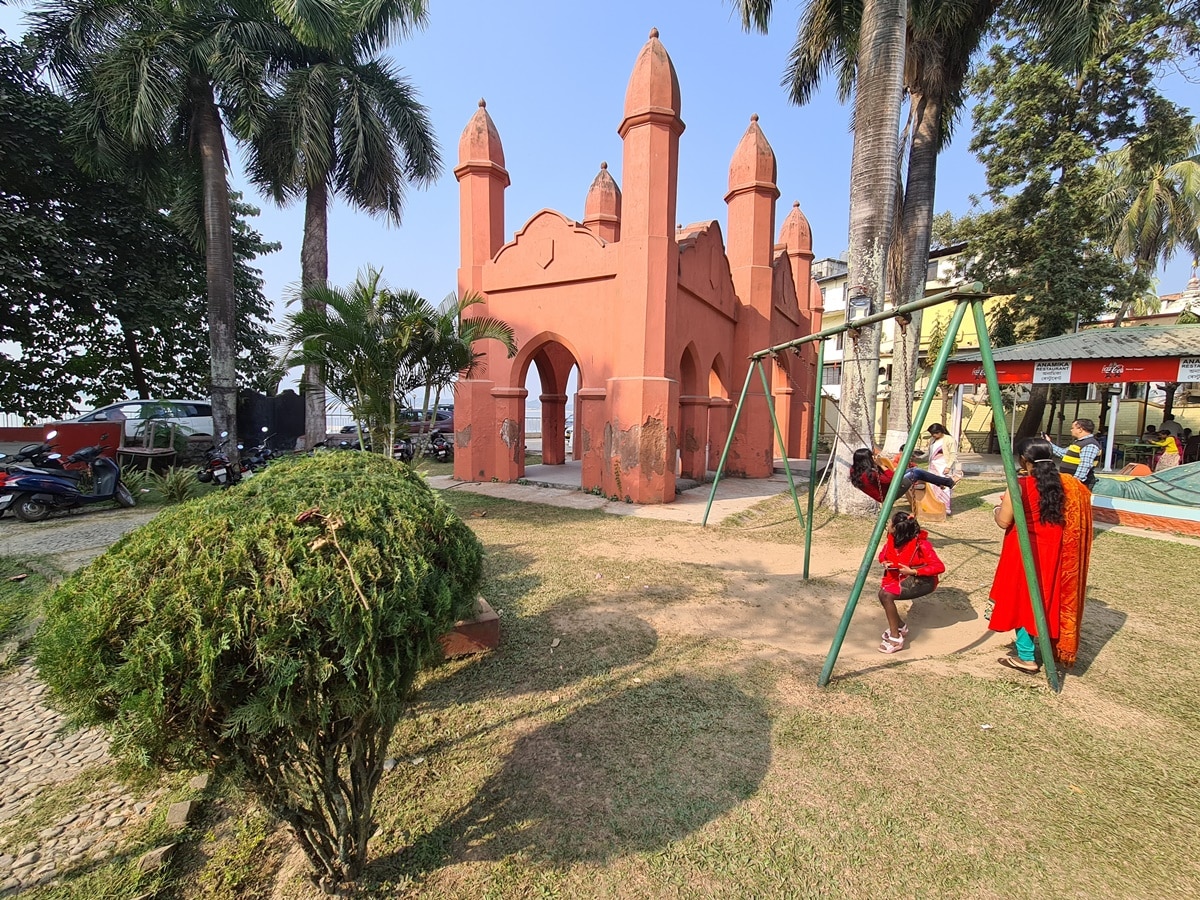
The same gate later also welcomed Lord Curzon during his visit to the city in December 1900 with Lady Curzon.
Also, it was adjacent to this gate the urn containing the ashes of Mahatma Gandhi was kept before its immersion in the Brahmaputra.

Design Of Northbrook Gate
As for the design of the new gate, the British government was particular about designing the gate on the model of the well-known King's College Chapel arches of England. The rectangular structure has a total of 12 arches, five each in the two longer sides and one in each side of its breadth. The gate was built of brick and white limestone. The structure was enhanced by the simplicity of design and the unusual lack of decorative carving of the arches.
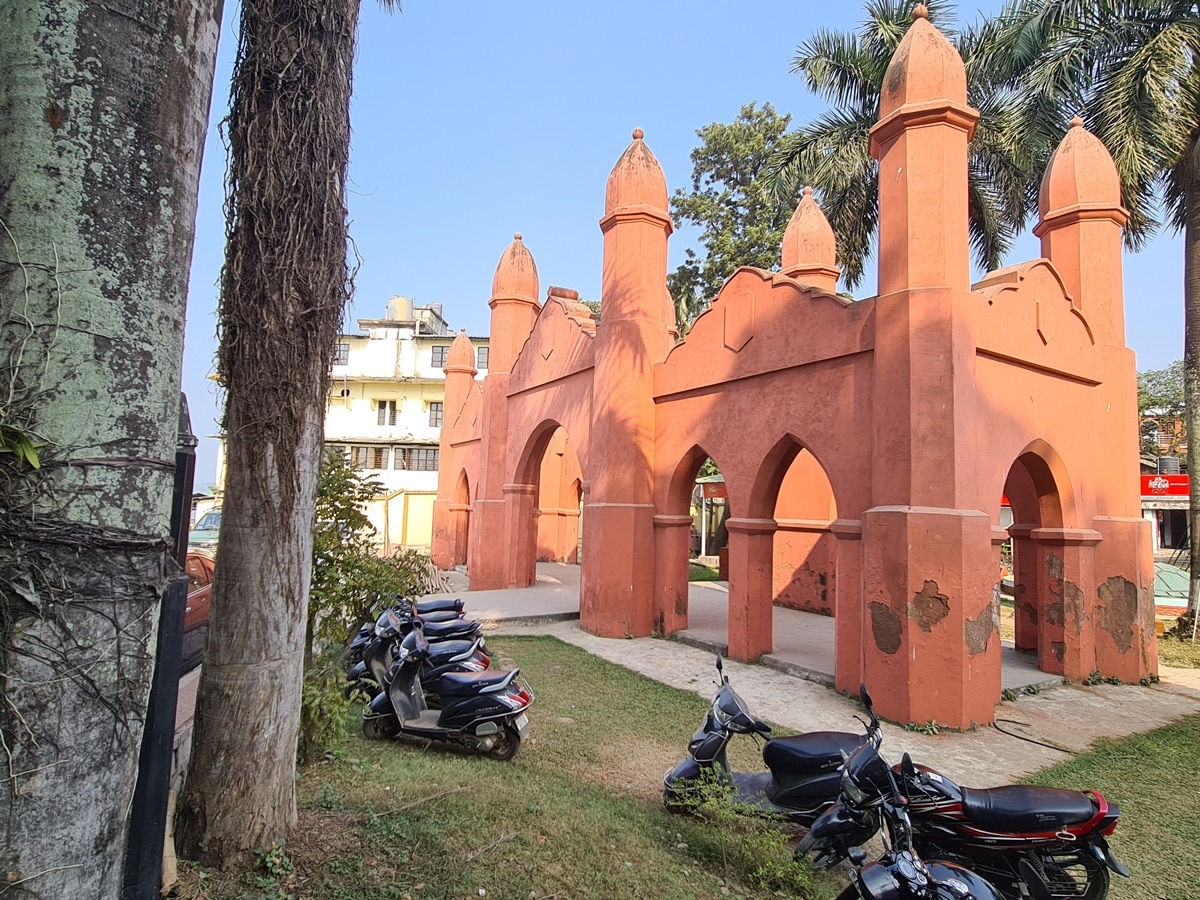
The unique aspect of the gate is that while the arches are of gothic design, the spires on the gate are inspired by Indian temple designs-so the overall impression is of Indo-gothic architecture.
The gate stands for more than 140 years. From the beginning, it had been restored several times.
So if you happen to visit Guwahati the next time, do not forget to visit the place to witness the majestic structure.
The writer is a senior independent journalist covering the Northeast.
ALSO READ | Centre Extends Ceasefire Agreement With 3 Nagaland Groups By Another Year
Trending News
Top Headlines








